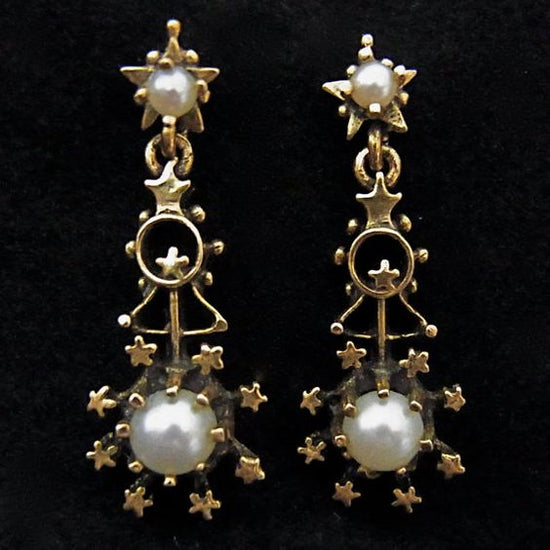Cultured pearl farming is one of the few commercial activities in which sound environmental management and conservation are a prerequisite to economic success.
Marine biodiversity is facing huge threats in the Pacific region in the forms of the climate crisis, over-fishing, and unregulated coastal development. The ocean is the world’s largest carbon sink and is an important regulator in global carbon storage, sequestration, and release. It is estimated that “the most crucial, climate-change combatting coastal ecosystems cover less than 0.5 percent of the sea bed.”
The production of a marine cultured pearl requires a thriving marine ecosystem - the more pristine an environment, the healthier the oysters are and the higher the likelihood of harvesting valuable, high-quality pearls. Ultimately, for a pearl farmer, it pays to cultivate a thriving ecosystem. We use 4 types of Marine Cultured Pearls:

Cultured Pearls
Treasures from the Earth's ponds, lakes, seas, and oceans. Ancients would adorn Pearls to protect their purity and virtue.

Tahitian Pearls
Known for their metallic silver to graphite black colours, with overtones of blue, purple and green.

The Oyster that produces these pearls is only grow one at a time. Harvested between the coast of Australia and the coast of China, they are expensive, but oh, so beautiful.
 Baroque Pearls
Baroque Pearls
Pearls with irregular non-spherical shapes. They are named according to their shape, with examples including 'twin' — two pearls fused together, 'potato' — small and lumpy, like a potato, 'stick' — also known as BIWA pearls, and they are long, flat, and narrow and 'rice' — small pearls resemble grains of rice.
Words
Eliza Walter
Images
Pintrest












